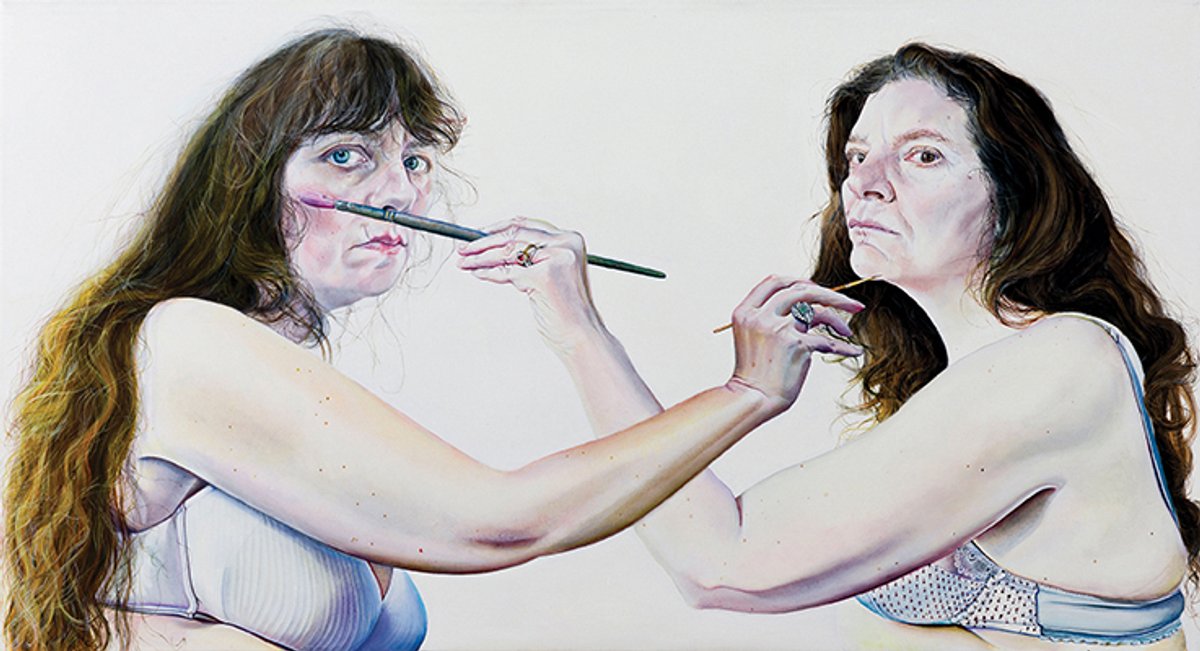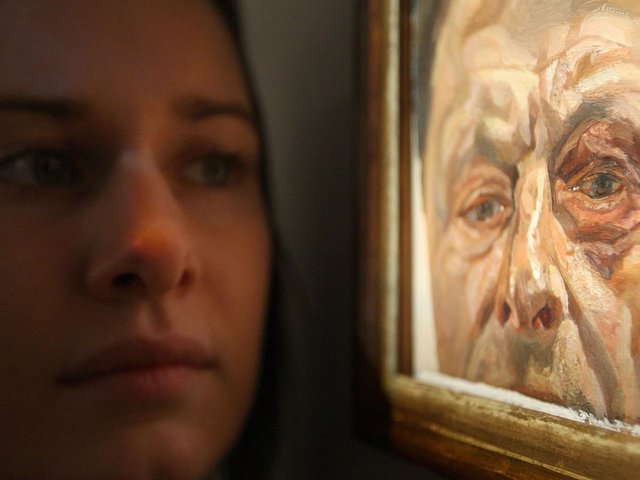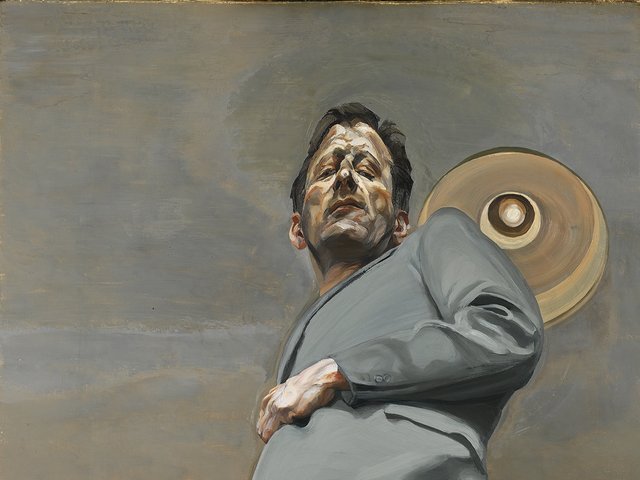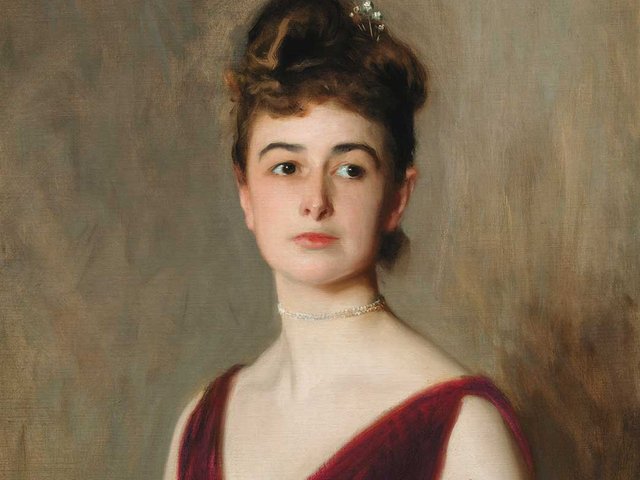Friendship, love, inspiration and rivalry are running themes in an exhibition at Pallant House Gallery that charts how artists have portrayed one another. Spanning painting, sculpture, installation, photography, drawing and printmaking, Seeing Each Other: Portraits of Artists includes depictions of more than 130 artists by at least 80 different hands, all working in Britain from the early 20th century until now.
“There’s much soul-searching, whether in the arts or in society at large at the moment, and so it felt like a good time to reflect on individuality, identity, collaboration and image-making, but from that distinctive viewpoint of artists looking at other artists,” says Pallant House Gallery’s chief curator, Melanie Vandenbrouck. “It’s fascinating to explore how they navigate that sitter/artist relationship,” she says. “I think artists look at each other with a different gaze, whether this be about admiration, emulation, rivalry, or something more profound, like deep friendship or love.”
Arranged chronologically, the exhibition explores artistic circles, art school peers and assorted other relationships, from the Bloomsbury Group to the British Black Arts Movement. Multiple portraits of Francis Bacon, including those by Lucian Freud and Maggi Hambling, reflect the pull he exerted on his contemporaries, while Johnnie Shand Kydd’s candid photographs of the Young British Artists helped to cement their collective identity as the embodiment of Cool Britannia. In Vernet’s Studio (1994), Lubaina Himid acknowledges her artistic heroes past and present with life-sized, cut-out figures of Frida Kahlo, Bridget Riley, Claudette Johnson and Maud Sulter.
Long-term friendships were particularly rewarding to research, Vandenbrouck says, highlighting Ishbel Myerscough and Chantal Joffe, whose histories have been entwined since they met at Glasgow School of Art in the 1980s. A new double portrait made for the show is the culmination of decades of mutual inspiration, channelling “that childlike innocence of their first days together”.
Uglier motives are here too, with Cedric Morris’s 1931 portrait of Barbara Hepworth bearing out Peggy Guggenheim’s observation that Morris’s portraits were “in most part nearly caricatures, all of them on the unpleasant side”. John Bratby’s 1954 portrait of his then wife Jean Cooke, naked and cowed behind a pile of domestic junk, practically announces his marital abuse; her portrait of him from the same year subtly undermines him as comfortably domestic, even bourgeois.
The show features a significant proportion of women artists, challenging their historic under-representation. “We spent time tracking down particular works, like a rare portrait of Matthew Smith by Vera Cuningham,” Vandenbrouck says. The two were lovers in the 1920s. “It says something about gender dynamics that portraits of Cuningham by Smith are, by contrast, easy to find.”
• Seeing Each Other: Portraits of Artists, Pallant House Gallery, Chichester, 17 May-2 November





